A set of 7 music posters providing information on musical activities, duration, dynamic, pitch, structure, texture, and tone color.
Use this set of educational posters to decorate your music classroom.
Posters cover the 6 concepts of music including:
Duration
Rhythm is the length of sounds and silences. Patterns of long and short sounds and silences. Beat the underlying regular pulse. Grouping of beats is called a time signature. Accent is a strong beat. Tempo is the speed of beat. Music can be fast or slow.
Dynamic
Music can be soft. Music can be loud. Music can get louder (crescendo). Music can get softer (diminuendo). Loud and soft sounds create contrast.
Pitch
Sounds move up, down, or stay the same.
Melody is a sequence of patterns. Harmony is two or more pitches of sound together. Definite pitch is heard in tuned instruments (xylophone, piano). Indefinite pitch is heard in untuned instruments (triangle, tambourine).
Structure
The form or plan of a piece of music.Structure involves: motifs, phrases, themes, and sections. Organized by: repetition, contrast, and development. Music may include: an introduction, interludes, and a closing section.
Tone Color
Sound can be made from wood, metal, skin, string, or voices. Sounds can be made by blowing, hitting, strumming, plucking, scraping, and bowing.
Texture
The amount of instruments playing at one time. Polyphonic texture is many instruments playing at once. Monophonic texture is a single melody with no accompaniment. Homophonic texture is melody and accompaniment working together.
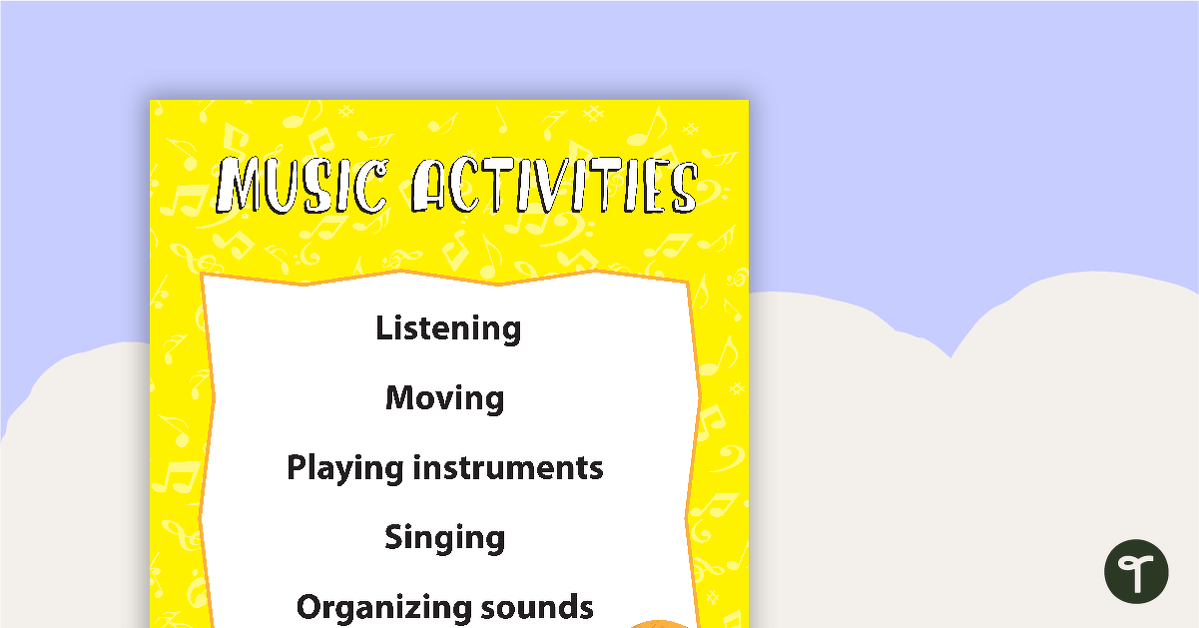
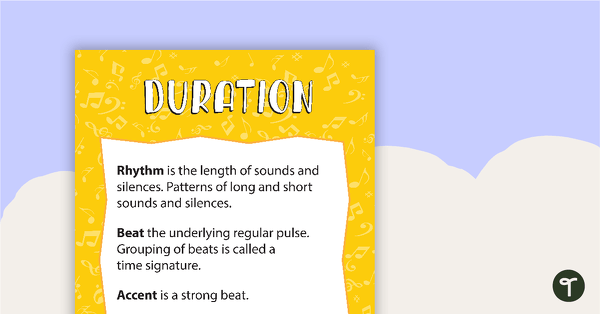
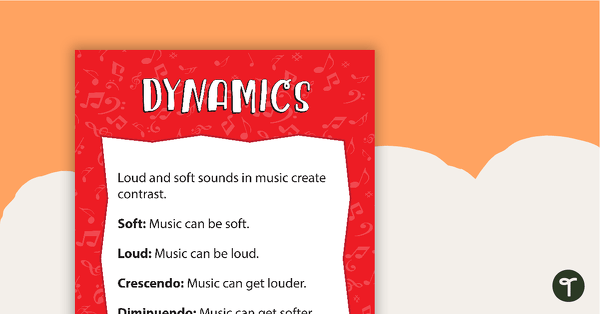
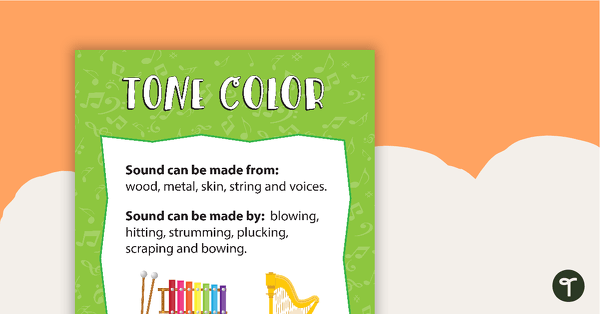
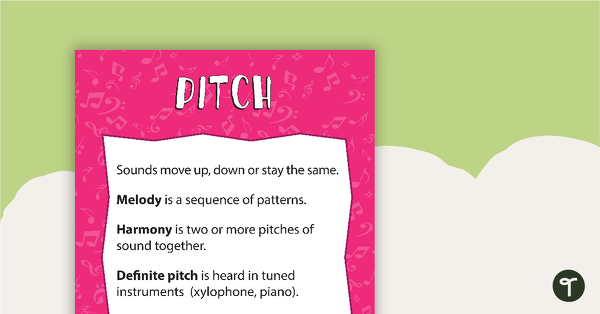
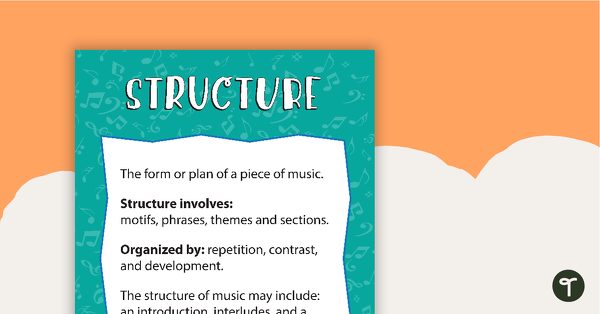
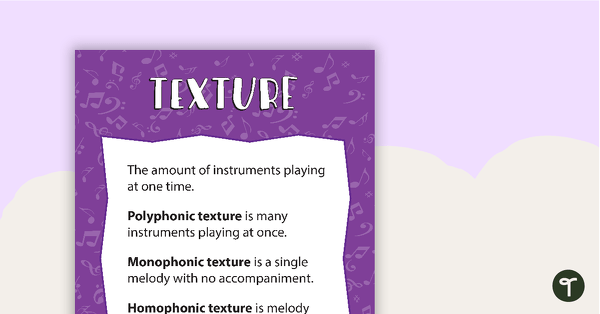

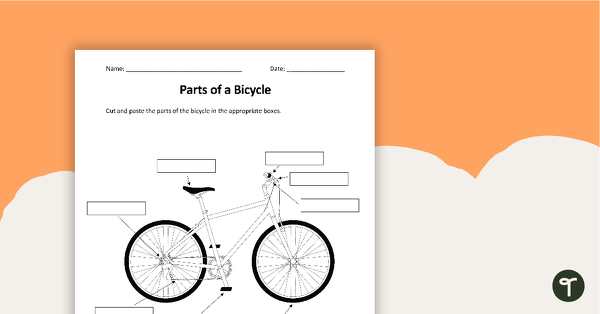
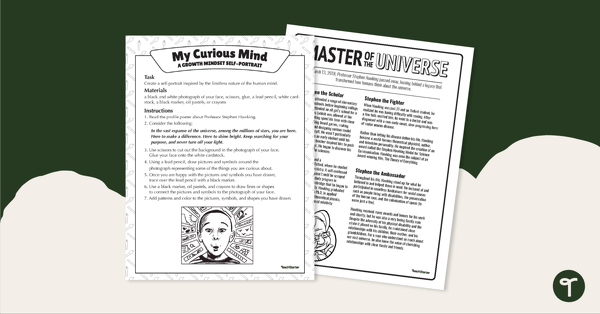
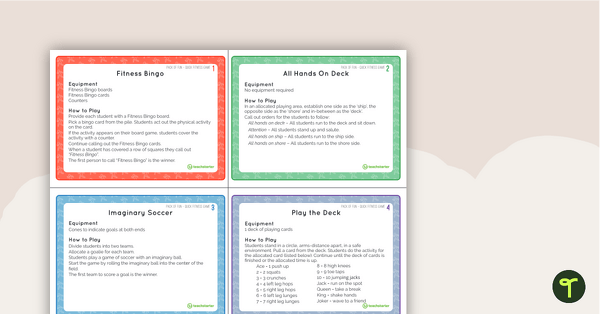
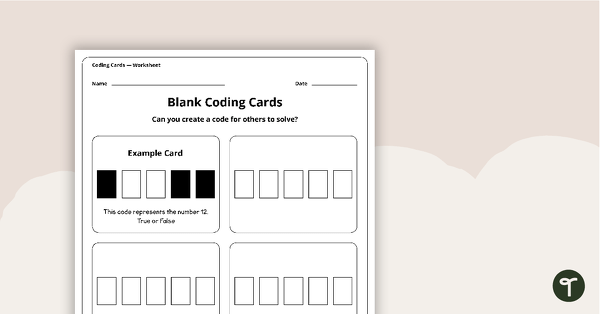
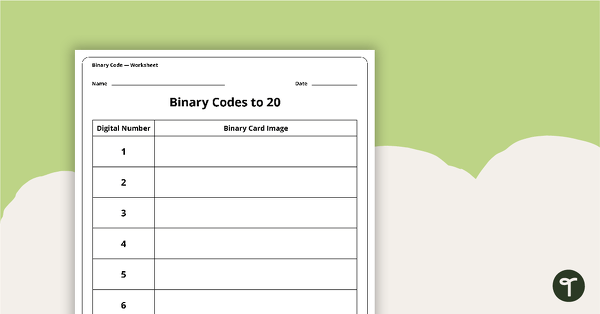
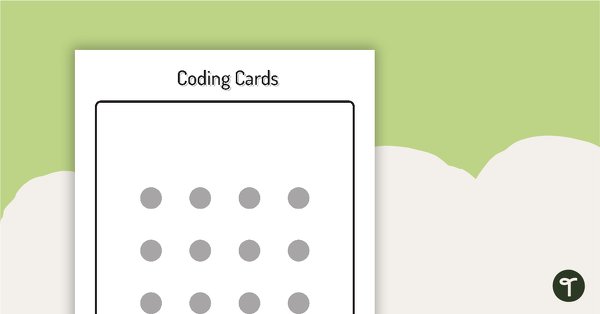
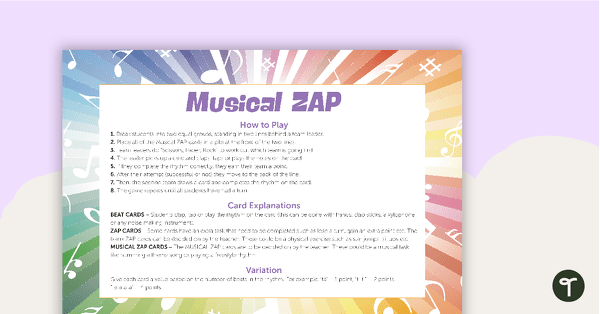
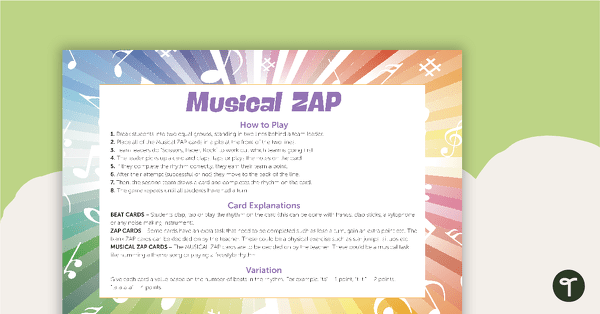
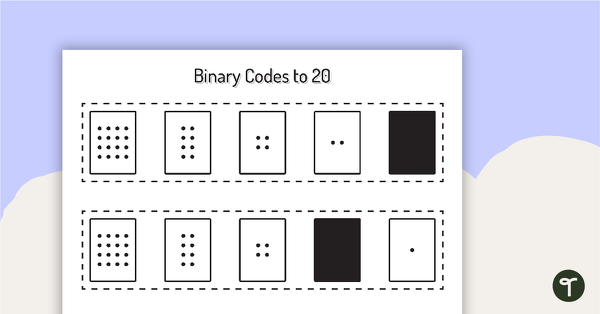
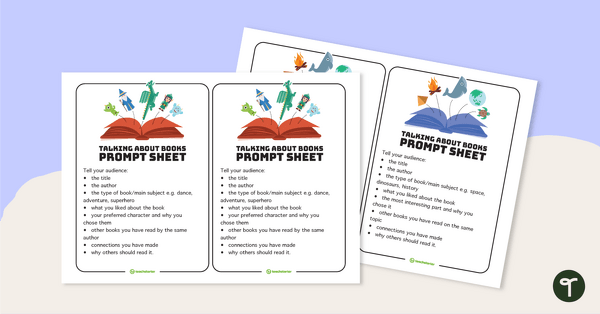
0 Comments
Write a review to help other teachers and parents like yourself. If you'd like to request a change to this resource, or report an error, select the corresponding tab above.